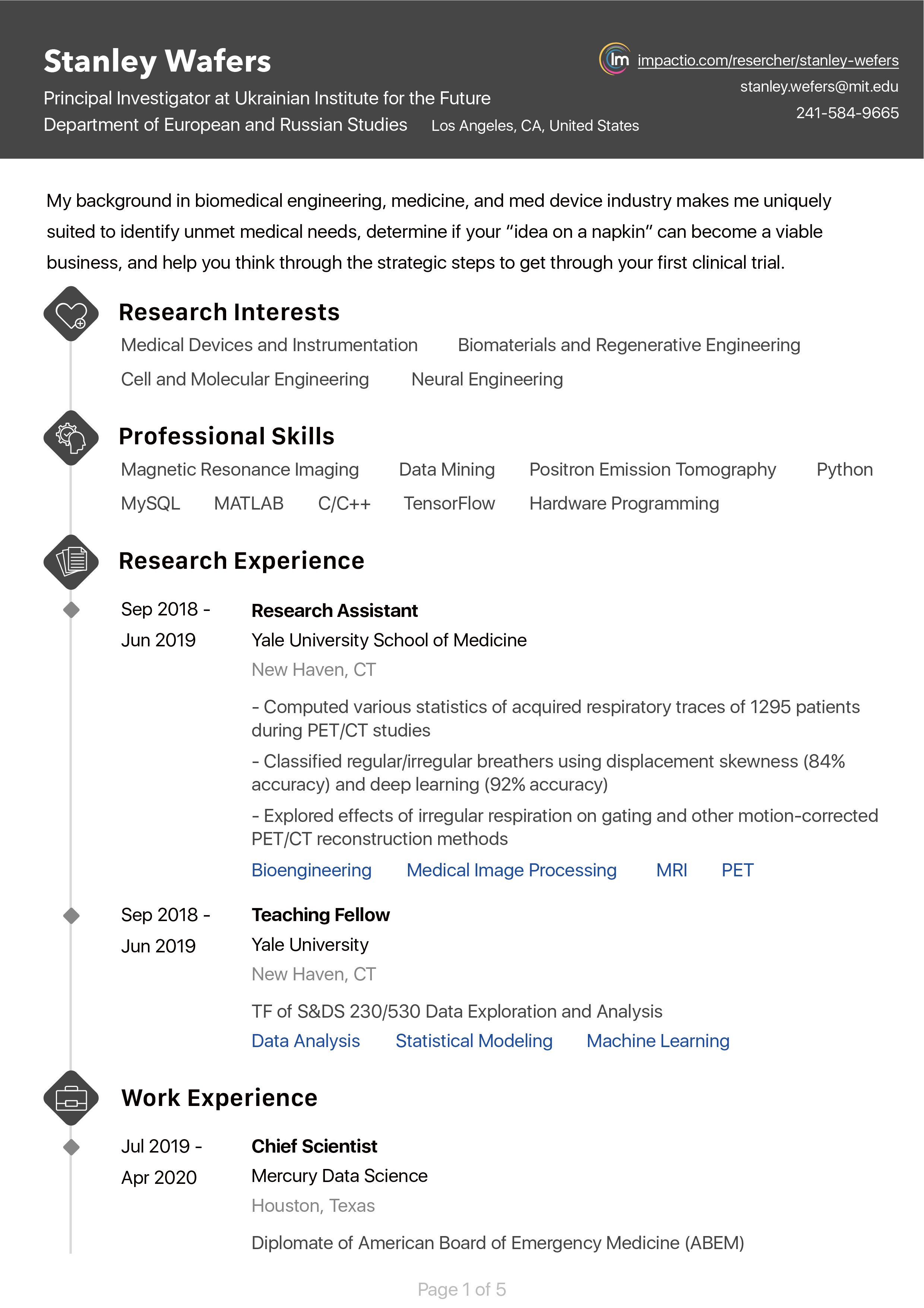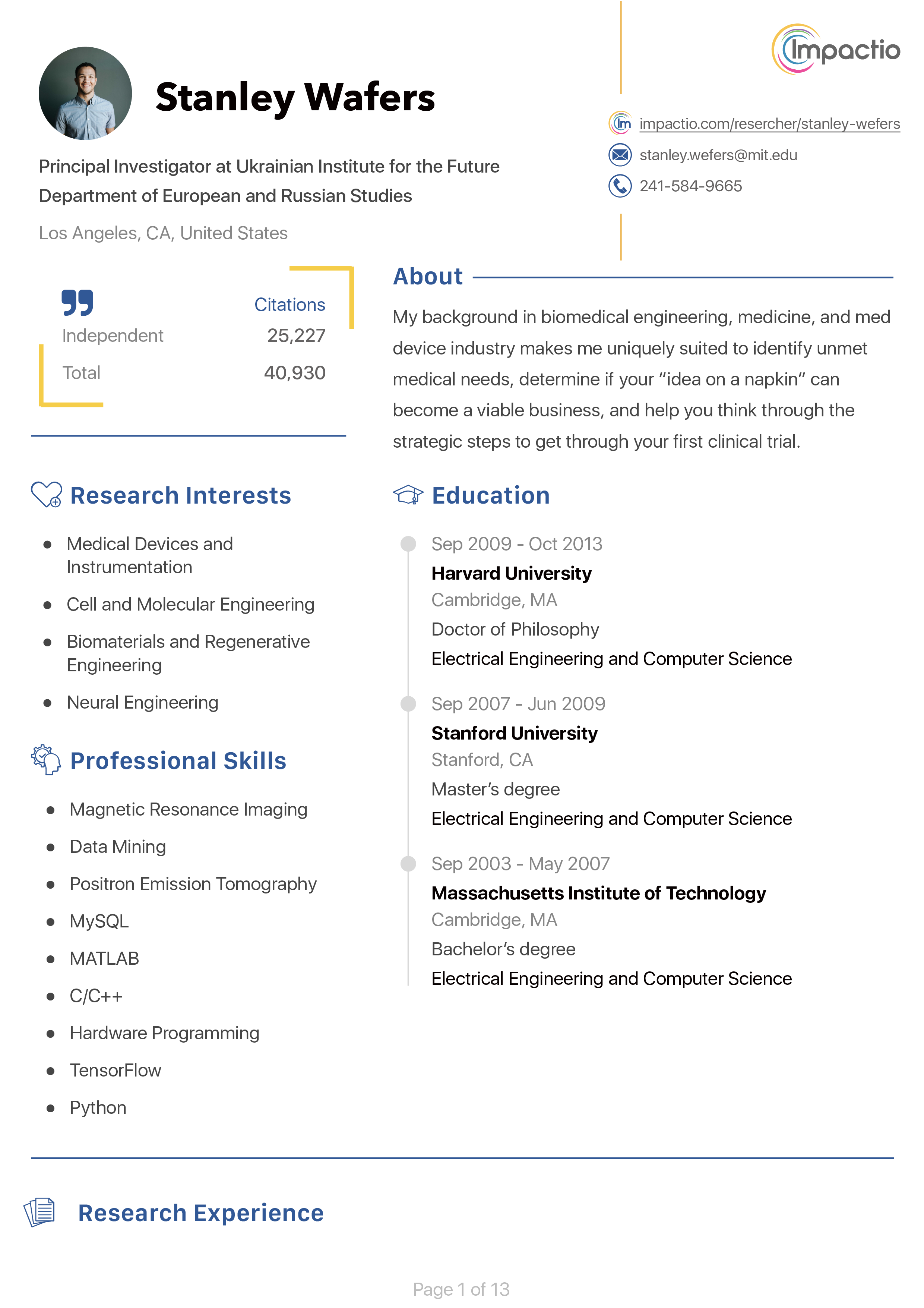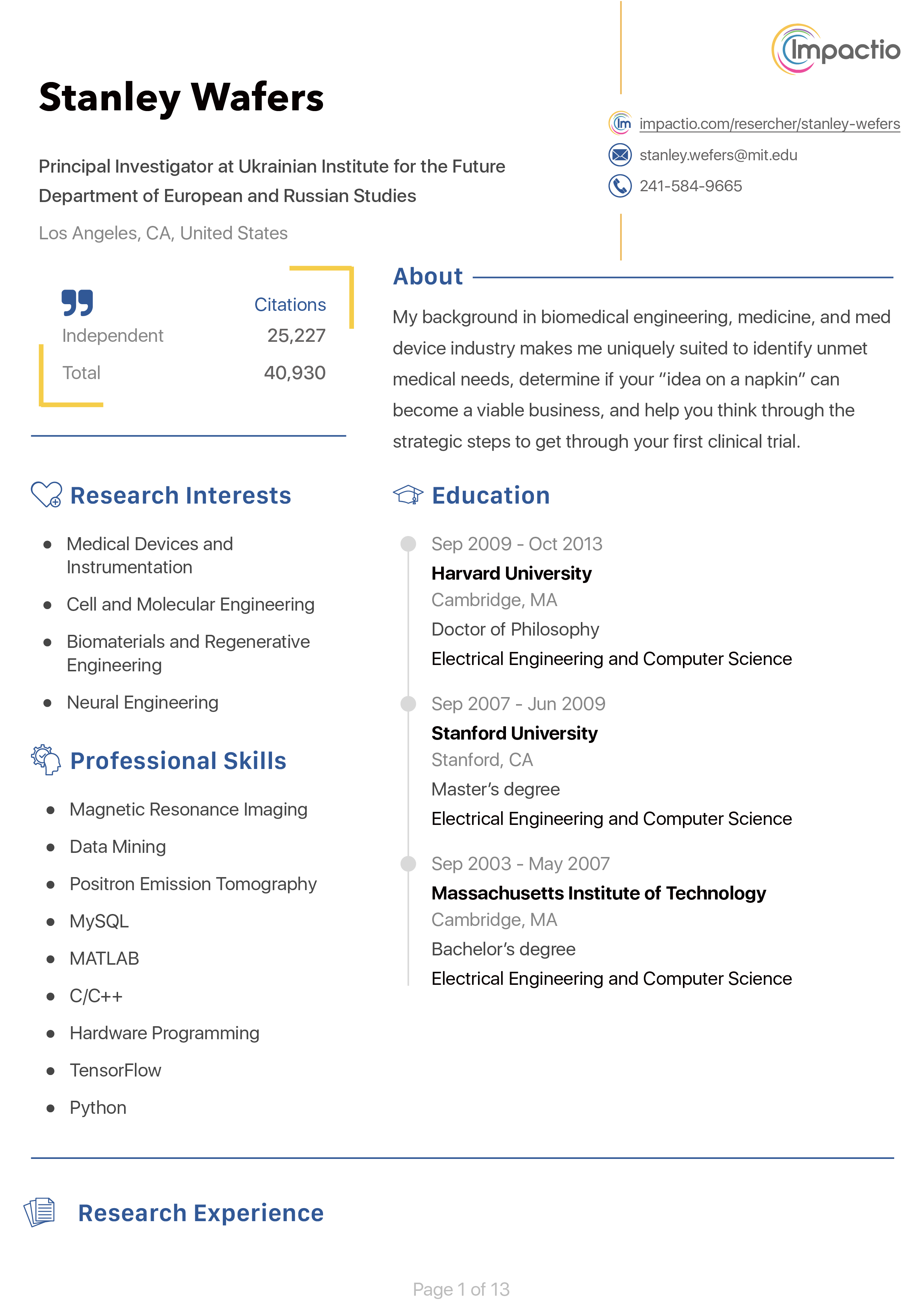Studies related to the Virtual Learning approach are conducted almost exclusively in Distance Learning contexts, and focus on the development of frameworks or taxonomies that classify the different ways of teaching and learning. Researchers may be dealing with the topic of interactivity (avatars and immersion are key components), yet they do so they mainly focusing on the interactions that take place within the virtual world. It is the virtual world that consists the primary medium for communication and interplay. However, the lines are hard to be drawn when it comes to examining and taxonomising the impact of interactions on motivation and engagement as a synergy of learners’ concurrent presence. This study covers this gap and sheds light on this lack—or, at least, inadequacy—of literature and research on the interactions that take place both in the physical and the virtual environment at the same time. In addition, it explores the impact of the instructional design decisions on increasing the learners’ incentives for interplay when trying to make sense of the virtual world, thus leading them to attain higher levels of engagement. To evaluate the potential of interactions holistically and not just unilaterally, a series of experiments were conducted in the context of different Hybrid Virtual Learning units, with the participation of Computer Science & Technology students. One of the goals was to examine the learners’ thoughts and preconceptions regarding the use of virtual worlds as an educational tool. Then, during the practical sessions, the focus was placed on monitoring students’ actions and interactions in both the physical and the virtual environment. Consequently, students were asked as a feedback to report their overall opinion on these actions and interactions undertaken. The study draws a new research direction, beyond the idea of immersion and the development of subject-specific educational interventions. The conclusions provide suggestions and guidelines to educators and instructional designers who wish to offer interactive and engaging learning activities to their students, as well as a taxonomy of the different types of interactions that take place in Hybrid Virtual Learning contexts.
This thesis explores the features of Second Life and OpenSim that affect the choice of academics who are planning to use a virtual world in order to meet the learning needs of their students. For the conduct of this study, what was taken into account is a preexisting framework which proposes the evaluation of virtual worlds against four dimensions: their contexts, the immersion encountered within each, their cost, and their persistence. The research aimed to validate, enhance or alter the framework on which it is based, and also highlight the similarities and differences between Second Life and OpenSim worlds, either internally or externally hosted ones, against these four dimensions. For the fulfillment of this objective, academics were interviewed and students were asked to fill in some questionnaires. However, the findings suggested that none of these options is “the best”. On the contrary, the answer to the question “Which is the ideal virtual world for the conduct of educational projects?” is “It depends on each educator’s needs”. Nevertheless, this thesis provides clear guidance to academics who face the decision to use virtual worlds for educational purposes.









